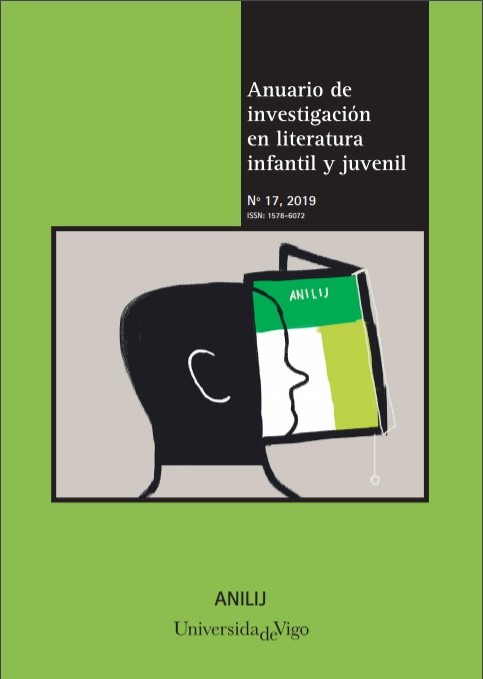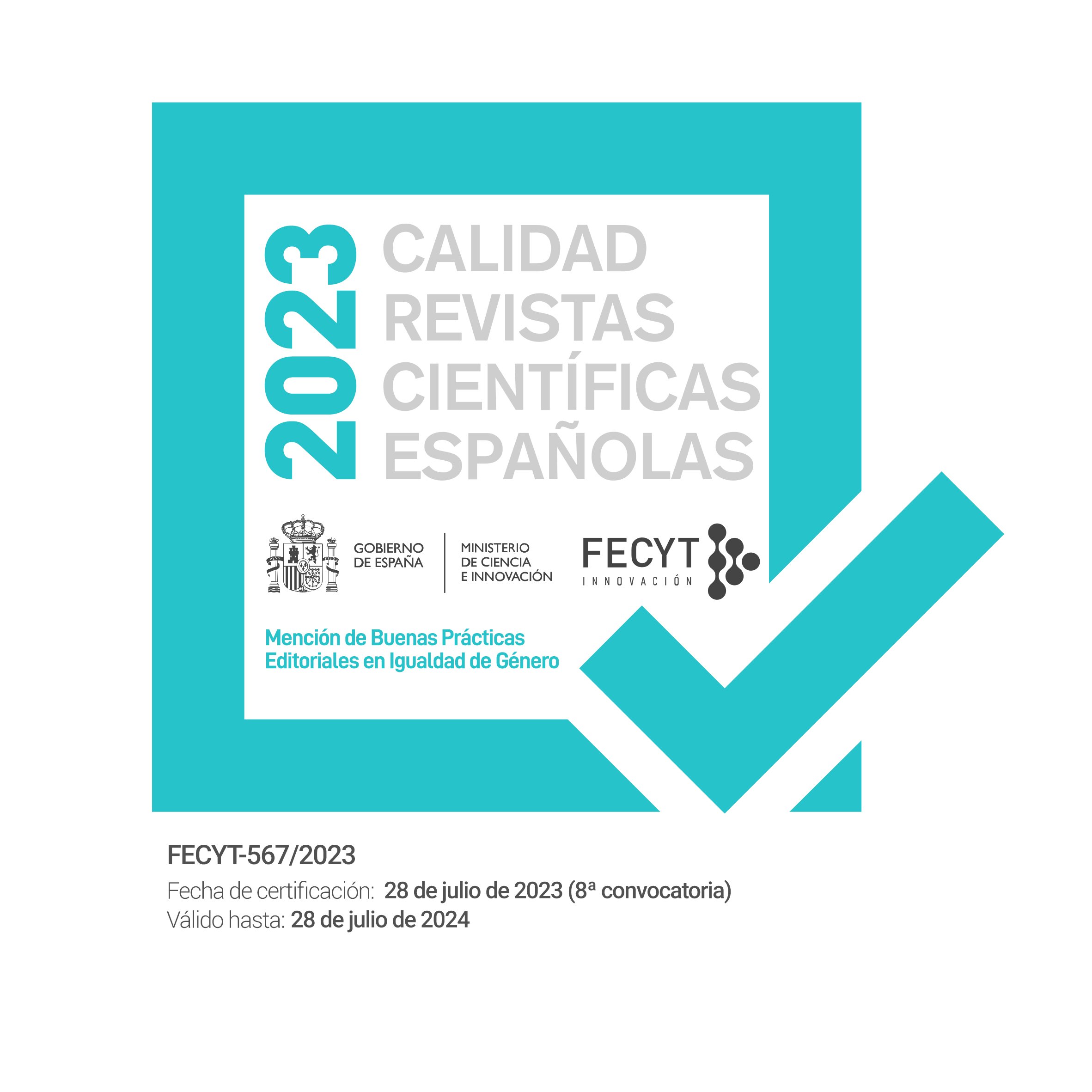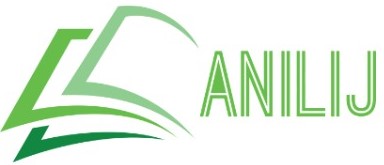REPRESENTATION OF THE BASQUE CONFLICT IN THREE BOOKS OF BASQUE LITERATURE FOR CHILDREN
DOI:
https://doi.org/10.35869/ailij.v0i17.1431Abstract
The main objective of this paper is to analyse how the Basque conflict is represented in Basque Literature for Children. Three works of modern children’s literature have been examined: Harri barruko bihotz-borrokak [Inner conflicts of the stones] (1999), Txakurraren alaba [The dog’s daughter] (2000) and Pikolo (2008)1. First of all, the article gives a brief summary of the book and offers a review of its critical reception. Secondly, the narratological analysis is given, setting the scene, explaining the role of the narrator and introducing the main characters. Next, following some concepts from the field of Memory Studies, the representation of the historical context of the work is examined, exploring realms of memory, type of memory transmitted and intertextuality. As will be seen, children’s literature has also addressed the recovery of the Basque conflict, with a specific genre and narrative characteristics, such as a young narrator and protagonist, use of the first person and inner focalisation.
Downloads
Downloads
Published
Issue
Section
License
Anuario de Investigación en Literatura Infantil y Juvenil has been published in open access from 2019 (vol. 17). The journal allows the authors to retain publishing rights. Authors may reprint their articles in other media without having to request authorization, provided they indicate that the article was originally published in Anuario de Investigación en Literatura Infantil y Juvenil. The journal holds the copyright of printed issues (volumes 0-16).





